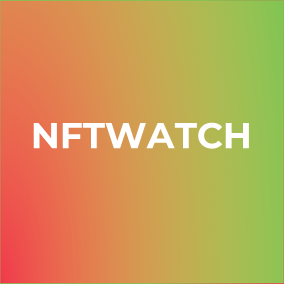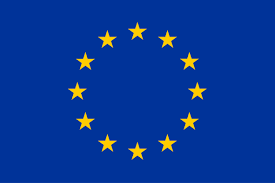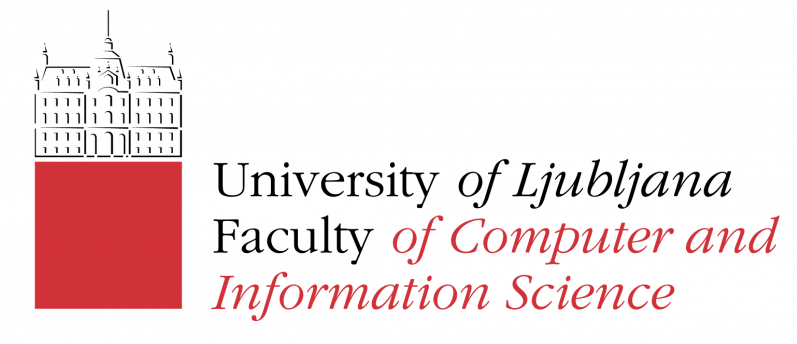
ABOUT THE PROJECT
NFTWATCH - an RDF based ontology to describe exhaustively what NFT are, as well as a set of IT tools to interact with it
The NFT market is booming and is lacking both specialised data vendors and data models to analyse it. The information is spread online, onchain, in multiple marketplaces. NFTWATCH is an open-source project aiming to help the collect and aggregation of all NFT related information.
Motivation for the project:
We will provide a RDF based ontology describing NFT.
We will provide open-source tools to collect, enrich, store, and analyse NFT data coming from multiple offchain and onchain sources.
Generic use case description:
An artist wants to analyse the current NFT trends. What are the collections that sell the best, how to categorise them?
A NFT investor wants to make sure he is buying a legit NFT at the correct price.
Essential functionalities:
NFTWATCH comes with a data pipeline system, able to collect, store, enrich and query any type of NFT information, organised around a RDF graph.
How these functionalities can be integrated within the software ecosystem:
Reusing the same ontology will enable the ecosystem to create their own data scrappers to feed the same database. Also, the data stored in NFT watch can easily be queried based on the open source and publish RDF graph.
Gap being addressed:
Getting good quality data on the NFT market.
Expected benefits achieved with the novel technology building blocks:
We’ll provide the framework enabling the ecosystem to easily collect NFT data and expose it – for whatever use -through API or possibly onchain based oracles.
Potential demonstration scenario:
An online website initially fed from Opensea data enabling to query NFT data from new data criteria. Eg: show me NFT collections with horses and dogs, how many NFT with animals represented have been sold yesterday, and at what average price.
PROJECT OUTCOMES
NFTWATCH provides an ontology dedicated to NFTs and tools to manipulate usually unstructured (on chain data, transaction history, online marketplaces metadata, semantic data…) NFT-related data.
Most users will only refer to NFT by data presented by the artists on its website, or by the seller on a marketplace. This raises a first concern: do these data correspond to the advertised token? Does the image displayed really correspond to the NFT? This is further complicated by the fact that NFT marketplaces use very little criteria to classify, search or select NFT.
Through advanced ML and semantic based technology, NFTWatch will analyse and classify not only the structured data provided by the artist, but also unstructured data from different sources, including the piece of art itself. The service will use both the collected and the generated data to propose a multi-facet search and visual discovery of the NFT world. The data will then be available through an application and a REST API.
NFTWATCH will provide NFT buyers with a confidence score based on 4 criteria:
-
Matching criteria (Are the Marketplace and Blockchain data the same ?)
-
Technical criteria (Is the smart contract code secure? Does the code conform to the standard? What is the quality of the code? What is the security of the storage platform?)
-
Authenticity criteria (Is the work attributable to the artist? Is the artwork a copy ? …)
-
Transaction criteria (Is the sales history questionable?)
By creating a complete ontology around NFT data fed by multiple sources associated with online visual data explorer, NFTWATCH is helping the fight against IP fraud.
Repositories:
https://github.com/ONTOCHAIN/NFTWATCH
Currently open to the ONTOCHAIN community only. Reach out if you need access.
More details:
TEAM
PHD in Digital Image Processing. 25 years of professional experience, expert in ECM, ontology, search, data extraction and data exploration projects. Technical Director of Sword France, Sword France Board Member.
MBA, 20 years of experience in the software and IT consulting industry. Head of Sword Blockchain, co-founder of Tezos Digisign, crypto-investor, blockchain trainer, university teacher. Book writer “Bien utiliser la technologie blockchain en entreprise", at the De Boeck Superieur editions.
ENTITIES
Coexya is a French IT consulting and integration provider, specialising in innovative and high tech domain, including smart data and blockchain.




 This project has received funding from the European Union’s Horizon 2020 research and innovation programme under grant agreement No 957338
This project has received funding from the European Union’s Horizon 2020 research and innovation programme under grant agreement No 957338




